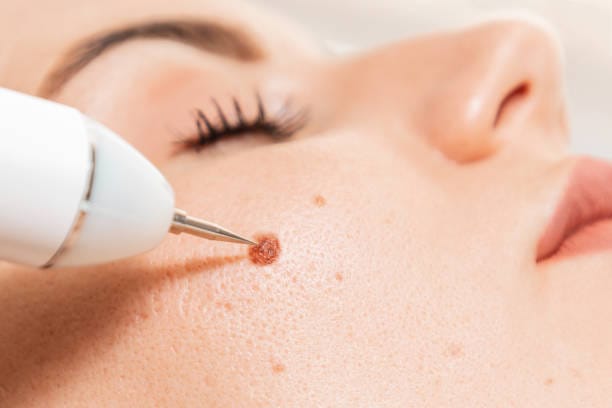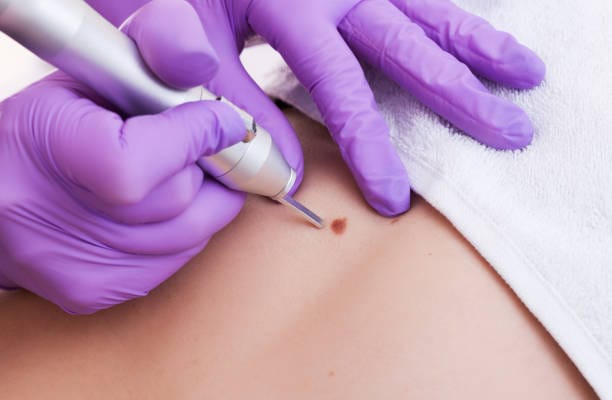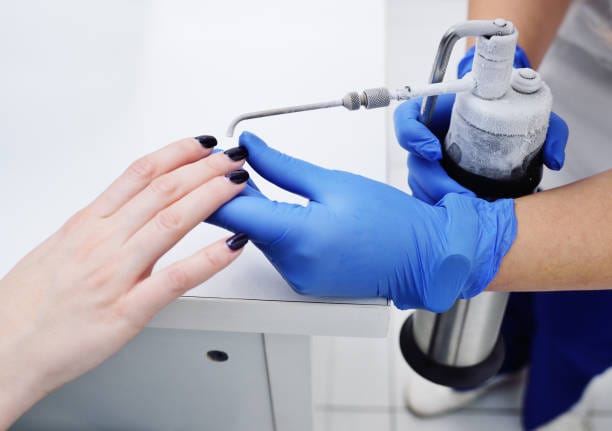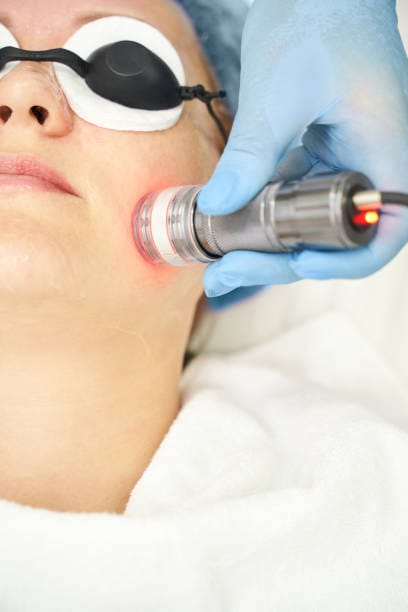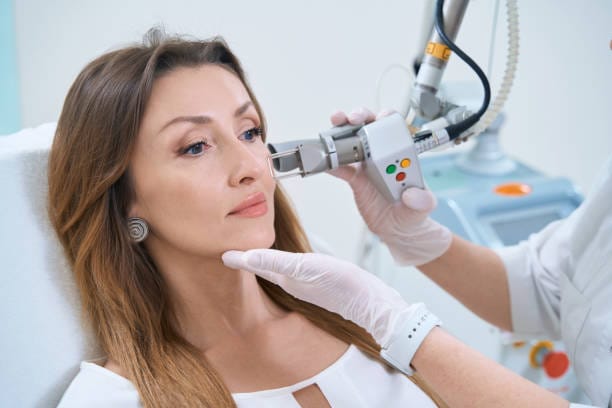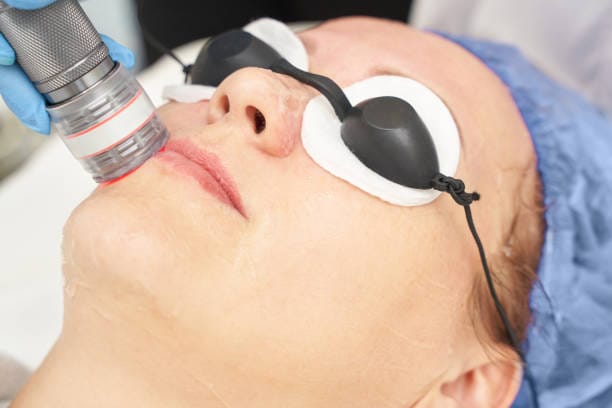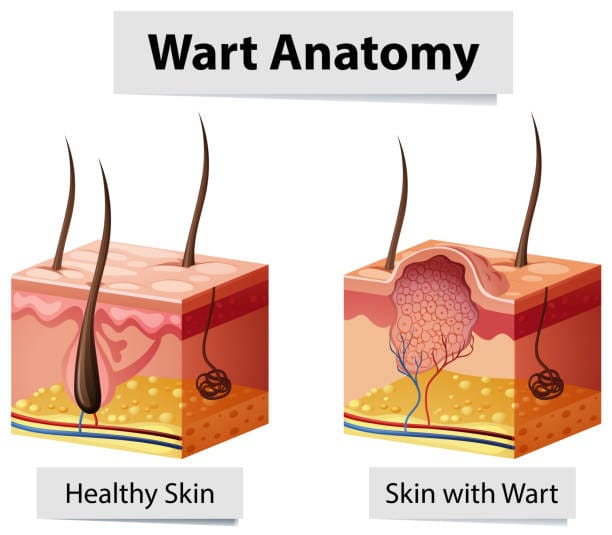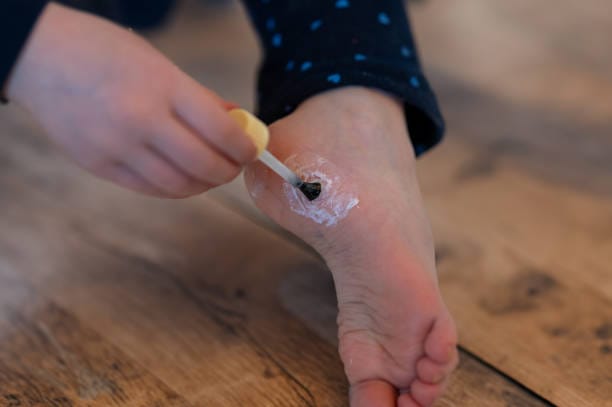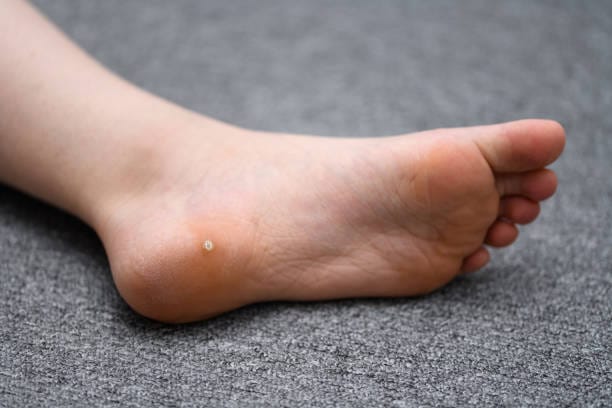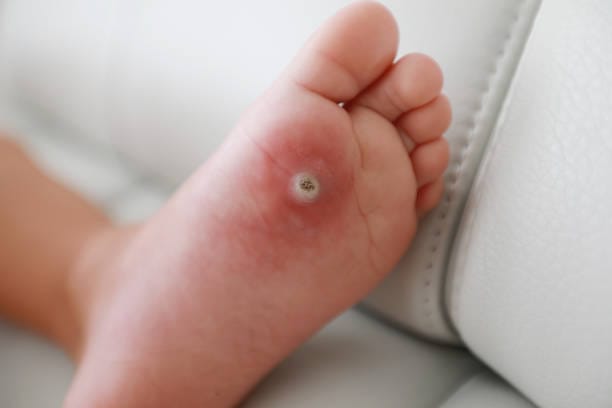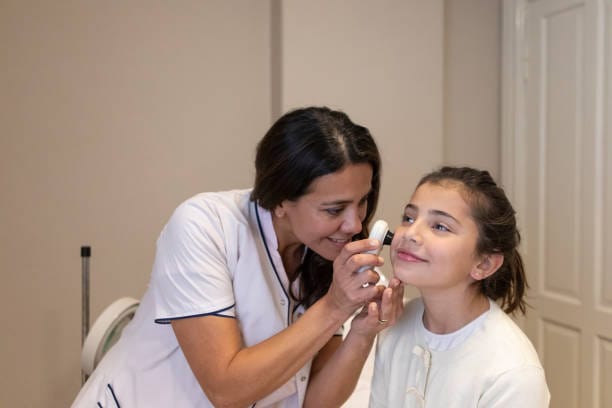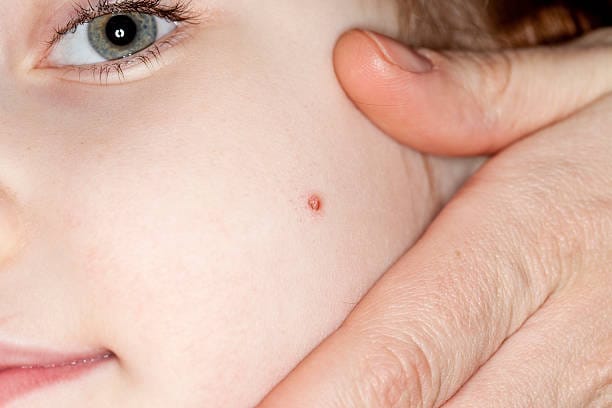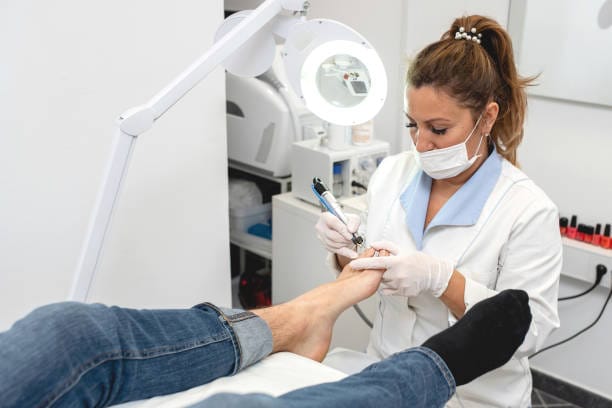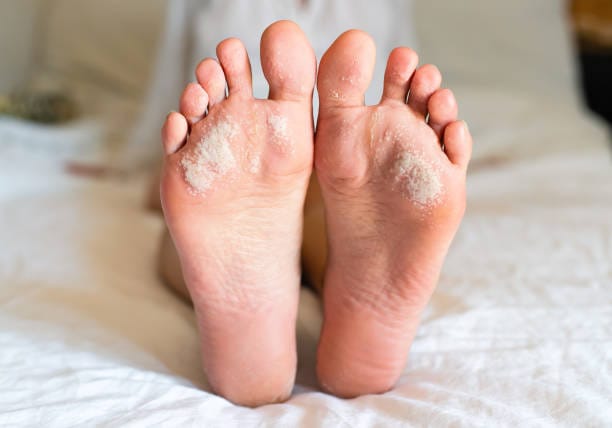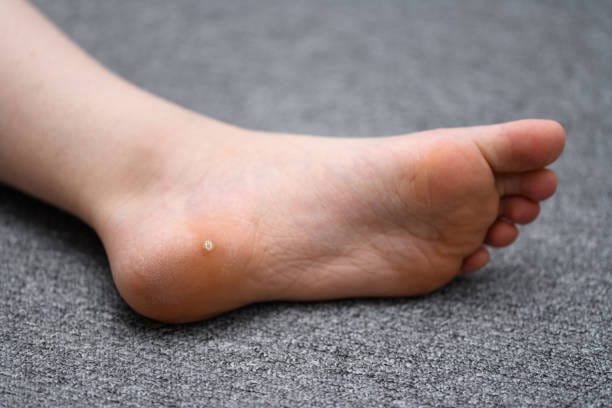How to Remove Warts at Home: Effective Remedies
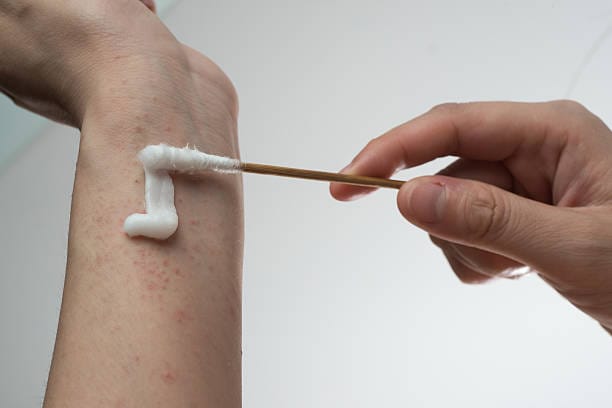
Do you want to learn how to get rid of those Warts on the skin that are so irritating? Warts are a common problem that results from human papillomavirus (HPV) infection and can be challenging to remove. You may find them on your hands, feet, or even the face, and this may make you conscious of yourself. That’s not a problem as long as you can remove warts at home and without spending a lot of money to do so or going to a clinic.
Wart removal home remedies are not only easy to use but also very efficient if used correctly. Whether you are using ingredients found in your kitchen such as apple cider vinegar and garlic or over-the-counter products, there are numerous ways to get rid of these skin problems.
In this article, you will find out how to remove warts naturally, safely, and effectively at home. Warts no more, clear and glowing skin in the ease of your home is just around the corner!
Understanding Warts
Warts are hard skin growths that are usually harmless and can develop anywhere on the body and for this reason, it is important to understand how they look like before you can consider how to remove them. Warts are small, hard lumps on the skin which are brought about by human papillomavirus (HPV). This virus gets into the skin through small cracks and leads to the formation of warts.
There are several types of warts you might encounter:
- Common warts: These usually develop on hands or knees and the surface is usually rough and grainy.
- Plantar warts: These are located at the bottom of the feet, and may become painful when pressure is applied when walking.
- Flat warts: These are small, have a smooth surface, and tend to grow in clusters on the face, hands, or legs.
- Filiform warts: Slim, pointed warts that are common on the neck or face.
- Periungual warts: Appearing near the nails of fingers or toes, occasionally affecting nail development.
Warts are infectious and can be contracted by touching affected areas or using objects that have come into contact with the affected area such as towels and razors. Some warts can be uncomfortable, especially if they grow or develop in certain parts of the body.
Knowing the type of wart that you have is very helpful in deciding on the most effective way to remove warts at home. It is important to know though that while many home treatments can be quite helpful, certain types of warts are either recurrent or very painful and may call for the attention of a doctor.
Benefits of Getting Rid of Warts at Home
There are several benefits of deciding to remove warts at home which makes it popular among many people who are suffering from painful warts. Firstly, it’s a super-convenient way and it will help you sort out the problem without necessarily having to spend a lot of money on clinical treatments.
1. Cost-Effective: Many home remedies include using products that are readily available in your home such as apple cider vinegar or garlic. Other over-the-counter remedies including the wart patches and the salicylic acid are also cheap compared to professional treatments.
2. Convenience: Warts can be removed at the convenience of your home, on your own time without having to make several trips to the clinic.
3. Natural Alternatives: Most people would like to steer clear of chemicals. Other home remedies include using tea tree oil and banana peel to wipe out warts from the face of the skin.
4. Privacy: If you are embarrassed by your warts, then you will be glad to know that home treatments provide a way of treating warts without anyone knowing.
Wart Removal – Home Remedies that Work
If you want to remove warts at home, there are several ways to do it. These are the products that can be obtained at the pharmacy, natural ways to get rid of them, and the homemade methods that are cheaper and work well.
Natural Remedies
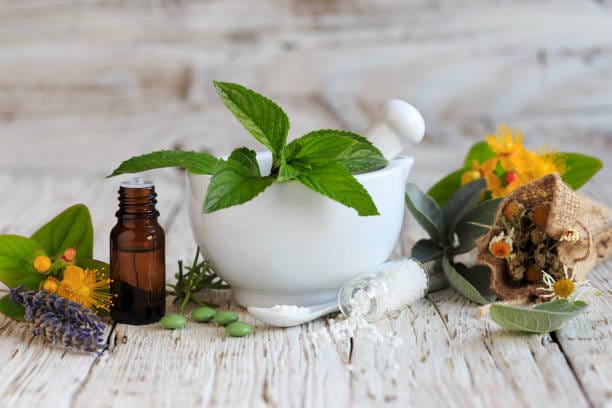
1. Apple Cider Vinegar
Apply diluted apple cider vinegar on the wart using a cotton ball and leave it for some time.
Then apply a bandage on it and leave it overnight.
Use the treatment every day until the wart turns black and then it will fall off. The acid part of the treatment works to break down the wart tissue.
2. Garlic Paste
Gently crush fresh garlic into a paste and then put it on the wart on your skin.
They should cover it with a bandage and wear it for several hours each day.
The antiviral substances in garlic may be able to kill the virus that causes the wart.
3. Banana Peel
Banana peel: The inner part of a banana peel has to be rubbed on the affected area thrice a day.
On the other hand, placing a piece of the peel on the affected area during the night will do the trick.
It is presumed that the enzymes found in the peel of a banana help to wear away and weaken the wart.
4. Tea Tree Oil
You have to put a drop of tea tree oil on the wart.
Apply a bandage and do it again two times a day.
Tea tree oil which is a famous antiviral and antifungal substance can be used to reduce the size of warts.
Over-the-Counter Solutions
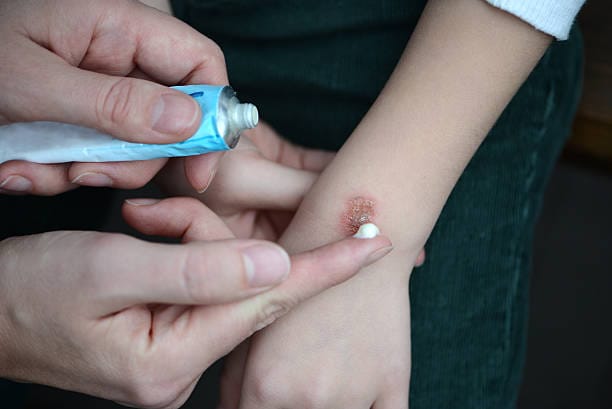
1. Salicylic Acid
Salicylic acid is available in the form of gels, liquids, and medicated pads to soften the skin and dissolve the wart.
For better results, it is advised to first soak the affected area in warm water before the application.
Apply and file the wart every day with a pumice stone to help with its removal.
2. Wart Removal Patches
These medicated adhesive patches are convenient to wear and are not visible to other people around you.
Cut and paste the sticker directly to the wart and use it as directed until the wart is gone.
3. Cryotherapy Kits
Cryotherapy can be performed using liquid nitrogen in over-the-counter kits which freeze the warts.
It is advisable to follow the following instructions to prevent hurting the surrounding skin.
DIY Techniques
1. Duct Tape Method
Cut a piece of duct tape and place it over the wart, wear it for six days, and then remove the tape and soak the wart in warm water.
File the wart with a pumice stone and then place the tape back on the area.
This method can starve the wart and cause it to peel.
2. Aloe Vera Gel
Use of aloe vera gel from the plant is recommended for applying onto the wart each day.
It has a calmative effect and is also anti-bacterial, helping to heal the skin and bring down inflammation.
3. Vitamin C Paste
Grind a vitamin C tablet and then add some water to it to get a paste.
Use the solution on the wart and then put a plaster on it and leave it overnight.
Tips for Success
Use the remedy of your choice faithfully because warts may require several weeks to heal.
Do not use towels or razors with others to help reduce the chance of spreading warts to others.
Sanitize objects which include nail files, or pumice stones, after every use.
All the remedies mentioned here are simple ways of getting rid of warts at home, but their effectiveness depends on the type of wart and how your skin will react to the remedy.
All these benefits of using home remedies make it more favorable, but the patient and most of all consistency should not be forgotten. Some of the methods may require a week or two to produce some results. It is always safer to prevent than to cure, if a remedy has side effects such as rash or itching, stop using it.
Precautions and Safety Tips for Remove Warts at Home
It is possible to remove warts at home, but it is important to know certain guidelines to prevent adverse side effects. Here are some important tips to keep in mind:
1. Do not pop or scratch the wart at any time.
Shifting or rubbing the warts will only increase their size and spread them all over your body or to other people. Anyone dealing with warts should be very careful when treating them so as not to harm them.
2. Patch Test for Irritation
Some of the natural treatments might be allergic to the skin such as garlic or tea tree oil. You should always do a patch test on the skin of your hand before applying it to the wart.
3. Keep the Area Clean
There is no preparation necessary before applying any remedy for wart removal but it is important to clean the wart and the skin around it. This will help avoid infections and get better outcomes. It is recommended that you should clean your hands before and after coming into contact with the wart.
4. Use Fresh Ingredients
When using natural remedies such as garlic, apple cider vinegar or banana peel ensure the ingredients are fresh. New or fresh ingredients are usually more effective than the old or expired ones and they may even irritate.
5. Monitor for Changes
If the wart is painful, bleed, or size increases, it may be an indication of a more severe problem. In some cases, discontinue the home treatment and seek advice from a doctor.
6. Be Patient
If you’re trying to remove warts at home, it is time-consuming. Stay with the method you’ve selected and allow some weeks for it to yield results. If you fail to notice changes or if the wart does not clear, you may need to visit a dermatologist.
When to Seeking Professional Help
Warts can be eliminated at home, but there are cases when it is better to address to a specialist. If the home treatment measures do not help if the wart is painful and tender, or if it is causing you anxiety, you should see a doctor. Here are some signs that you should seek professional help:
1. Warts Persist or Grow Larger
If the wart does not reduce in size within a few weeks of treatment, or if it starts to increase in size, it is advised you seek the services of a dermatologist. A doctor can establish the level at which the wart requires further extensive treatment.
2. Painful Warts
Warts that are painful all the time, for example, those on the soles of the feet (plantar warts) should be treated by a doctor. Other procedures such as cryotherapy or laser therapy are more efficient in controlling pain.
3. Warts Spread
If the wart starts to affect other parts of your body or if you start to spread it to other people, it will be advisable to seek help. An expert can help to ensure that the wart does not grow and spread and provide a treatment that deals with the source of the problem.
Why revitalise London for Wart Removal?
When it comes to the treatment of warts, you want something that will work as well as won’t harm you. At revitalise London, you can be assured of receiving top-notch, expert services in removing warts with the help of the latest techniques that fit your body. With the help of our team of skincare specialists, we will get your skin looking its best with the latest technology and methods for wart removal. Here’s why you should choose revitalise London for your wart removal treatment:
Expertise and Experience
At revitalise London, we have a team of experts who have been handling different skin problems for a long time, including warts. Our staff is up to date with the current methods and procedures, so you will get the best service. No matter if the problem is usual warts, plantar warts, or flat warts that are not easy to get rid of we know how to solve it properly.
Modern Technology and Methods
We know that not all warts are the same and thus may need different treatment options. That is why the clinic presents a variety of innovative methods for the effective and safe elimination of warts without causing much pain and requiring a long period of recovery. Some of the advanced treatments available at revitalise London include:
1. Cryotherapy: Wart can be easily and effectively removed by using cryotherapy, which is a process of freezing the targeted area using targeted freezing technology. This is a good treatment for warts that are located in hard-to-access areas or especially resistant warts.
2. Laser Wart Removal: Laser therapy is a rather sophisticated technique that affects the wart directly and exposure of the tissue to light energy. This technique is very effective and can be applied in cases of deep or recurrent warts and there is little scarring after the treatment.
3. Electrosurgery: the experts can address your warts by applying electricity to burn out warts from the skin without causing harm to the skin. They are useful for large or deeply located warts and the results of the treatment can be long lasting.
These treatments are done in our clinic by our experienced personnel to ensure that the process of removing your warts is as easy as possible.
Personalized Treatment Plans
At revitalise London, it is well understood that different people have different skin types and therefore different wart elimination requirements. This is why at our clinic we always carry out a skin analysis and develop the best treatment program for your case. It may be that you are looking for a more gentle treatment, or a more specific one, either way, we will be able to help you best. We also offer specific information on what to expect before, during, and after the treatment to ensure that you know exactly what to expect.
Comfort and Care
We know that most people have certain fears or discomforts when it comes to wart removal treatments. This is why we make sure that at every stage of the process, you are as comfortable as possible. Our clinic is intended to be a comfortable space where you can be totally at ease.

